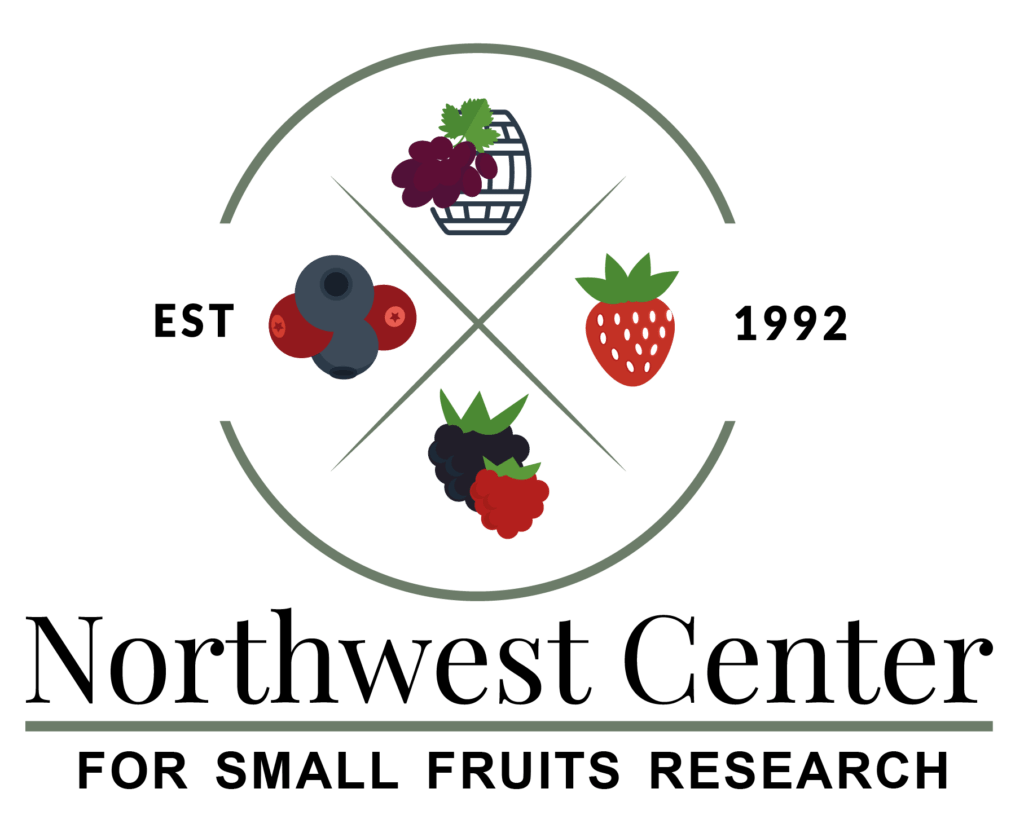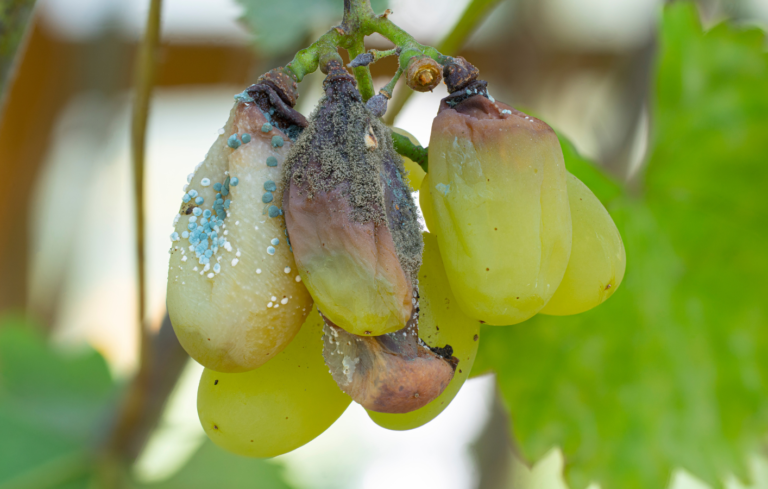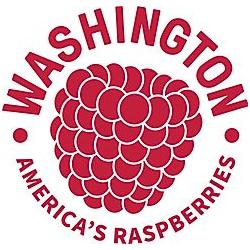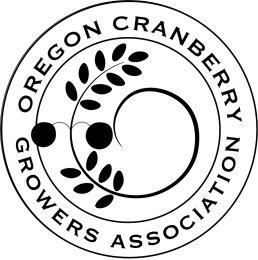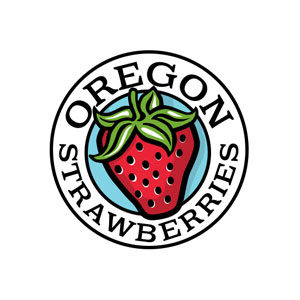Fungal Populations in PNW cranberries as it Relates to Fruit Rot
- Research Status: Project completed 2016
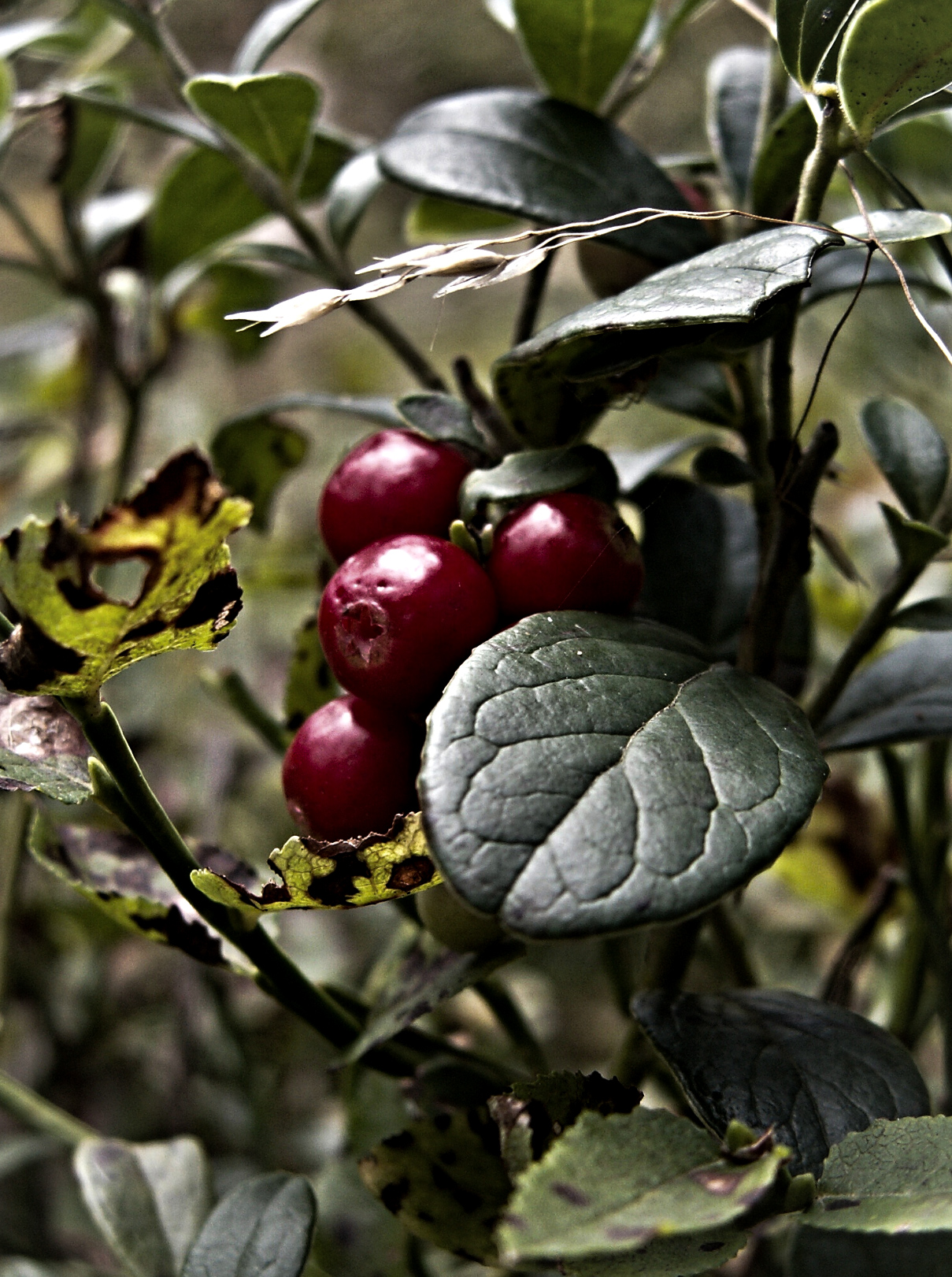

Kim Patten
Frank Caruso

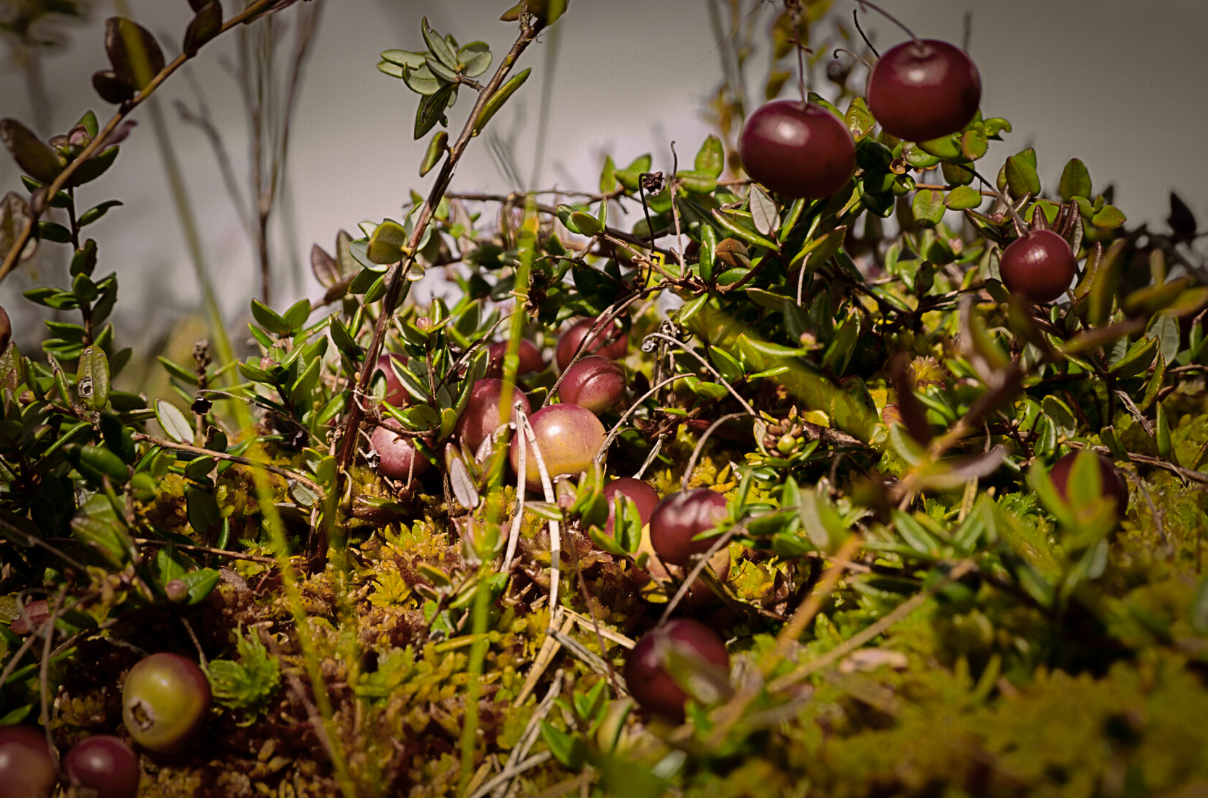
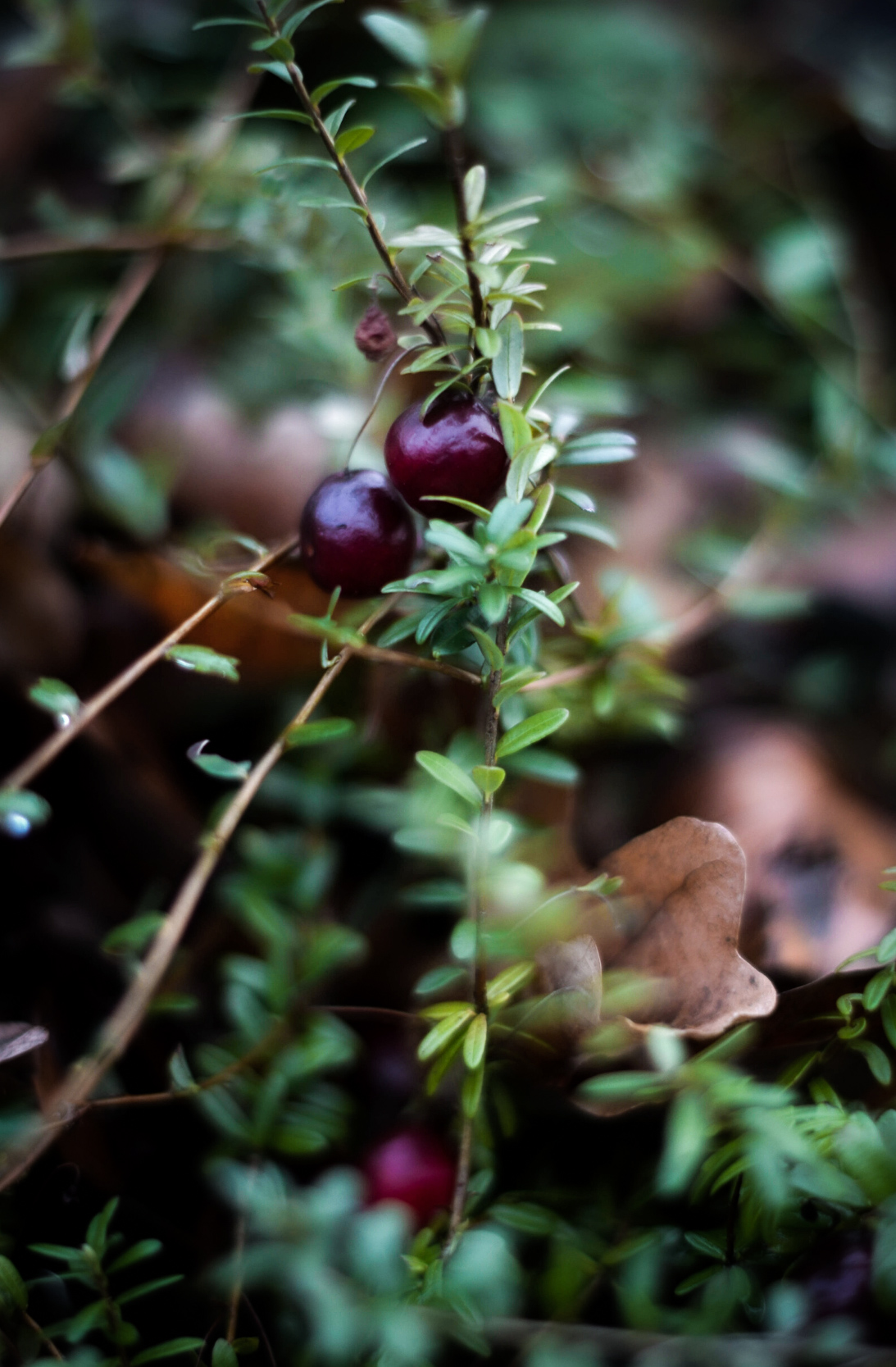
Cranberry fruit rot is an important disease complex comprised of at least 15 different fungal pathogens that can occasionally cause losses of 15-30% at harvest. It has traditionally been an issue for cranberry growers in Massachusetts and New Jersey where they must apply 3-6 fungicide applications on a yearly basis in order to control the disease. Because weather patterns have evolved into a warmer climate during the past decade, and many cranberry beds have been renovated and planted with high-producing new hybrid cultivars, and fungicide use patterns have changed with newly-registered materials, the fungal population responsible for field and storage rot is a constantly changing variable. Growers in Oregon and Washington have encountered significantly higher fruit rot levels in the past decade, and fungicide use has increased there as well, especially for those growers growing fresh fruit.
Fungal populations in fruit in Washington and Oregon have not been studied since the early 2000’s, and previous isolations from the fruit were only performed at harvest, thus missing a large part of the true fungal population. Knowing what fungi are responsible for the disease relates directly to which fungicides should be applied for optimal control of the disease, particularly because new fungicides are now available to growers. This project evaluated the fungi important in the infection of PNW cranberries. Healthy and rotted fruit from six cranberry beds in WA (two years) and three beds in OR (one year) were sampled (three pre-harvest and three post-harvest) and fungal pathogens were cultured on acidified cornmeal agar and identified to genus and specie where necessary.
In WA berries, the primary pathogens were Allantophomopsis, Coleophoma, Colletotrichum and Physalospora whereas the secondary pathogens were Cadophora, Cryptosporiopsis and Fusicoccum. In OR berries, the primary pathogens were Colletotrichum, Fusicoccum and Physalospora whereas the secondary pathogens were Allantophomopsis, Cadophora, Coleophoma and Cryptosporiopsis. Although the sample size of beds was small using only one cultivar, these results propose the probable fungal population in both areas. These findings will help devise the necessary strategies for the best management of fruit rot in processed and fresh fruit beds in the PNW. As well as providing key information to growers helping them to potentially reduce field and storage rot, it will provide a better understanding of the pathogen complex.
Proceeding of 2015 North American Cranberry Researcher and Extension Worker Conference. Bandon OR
Caruso, F. 2015. Causal agent of fruit rot in Washington Cranberries.
